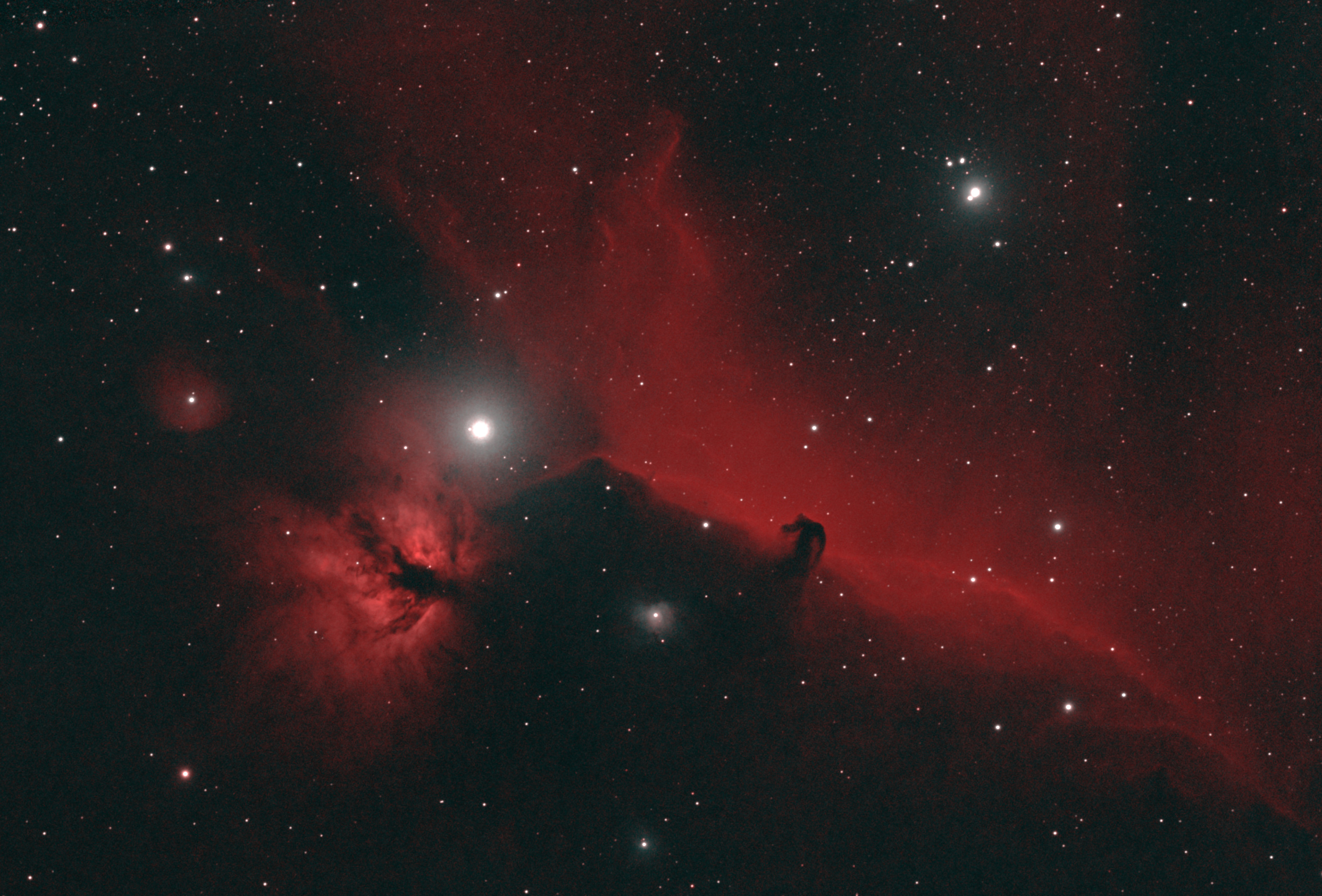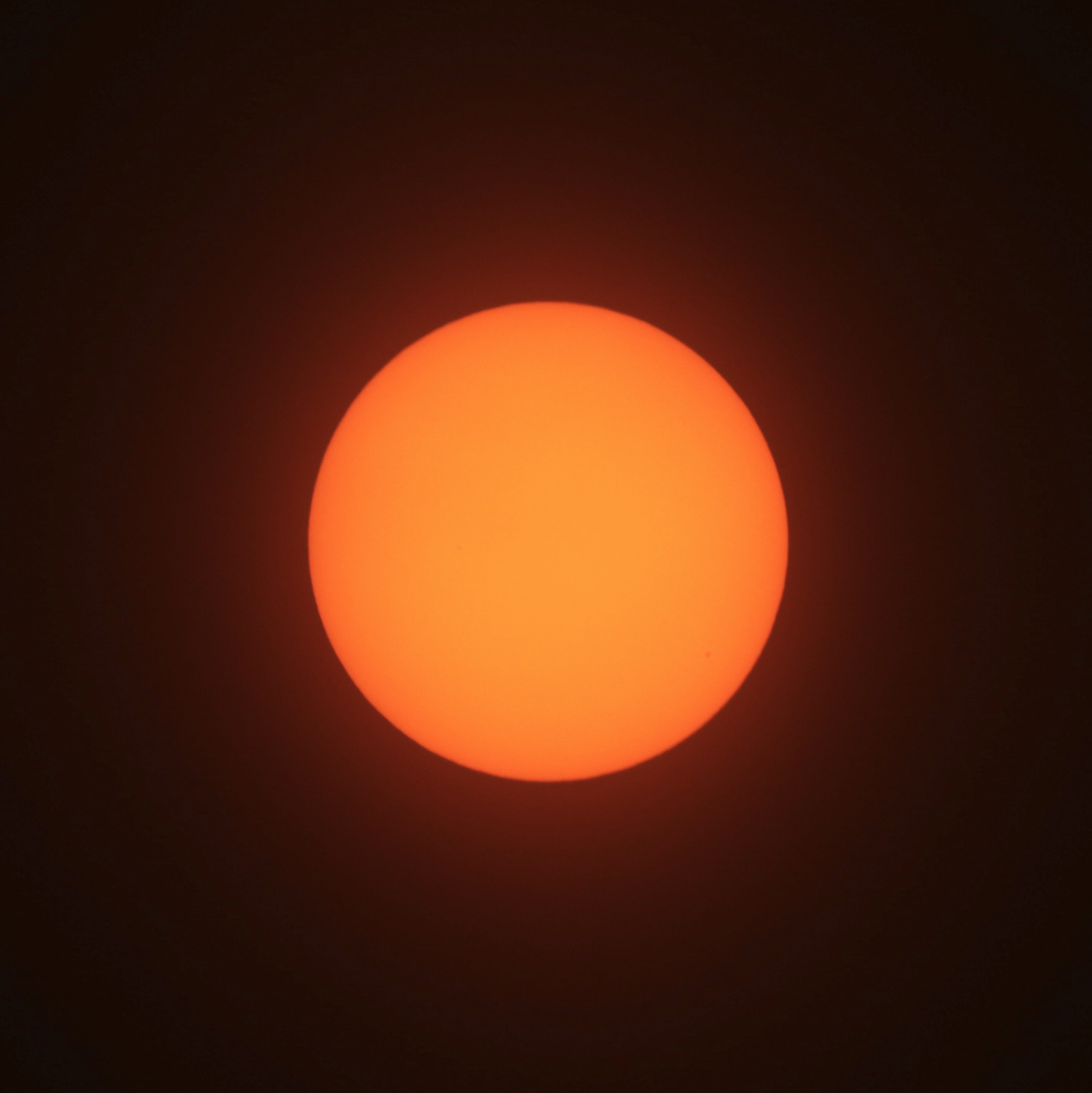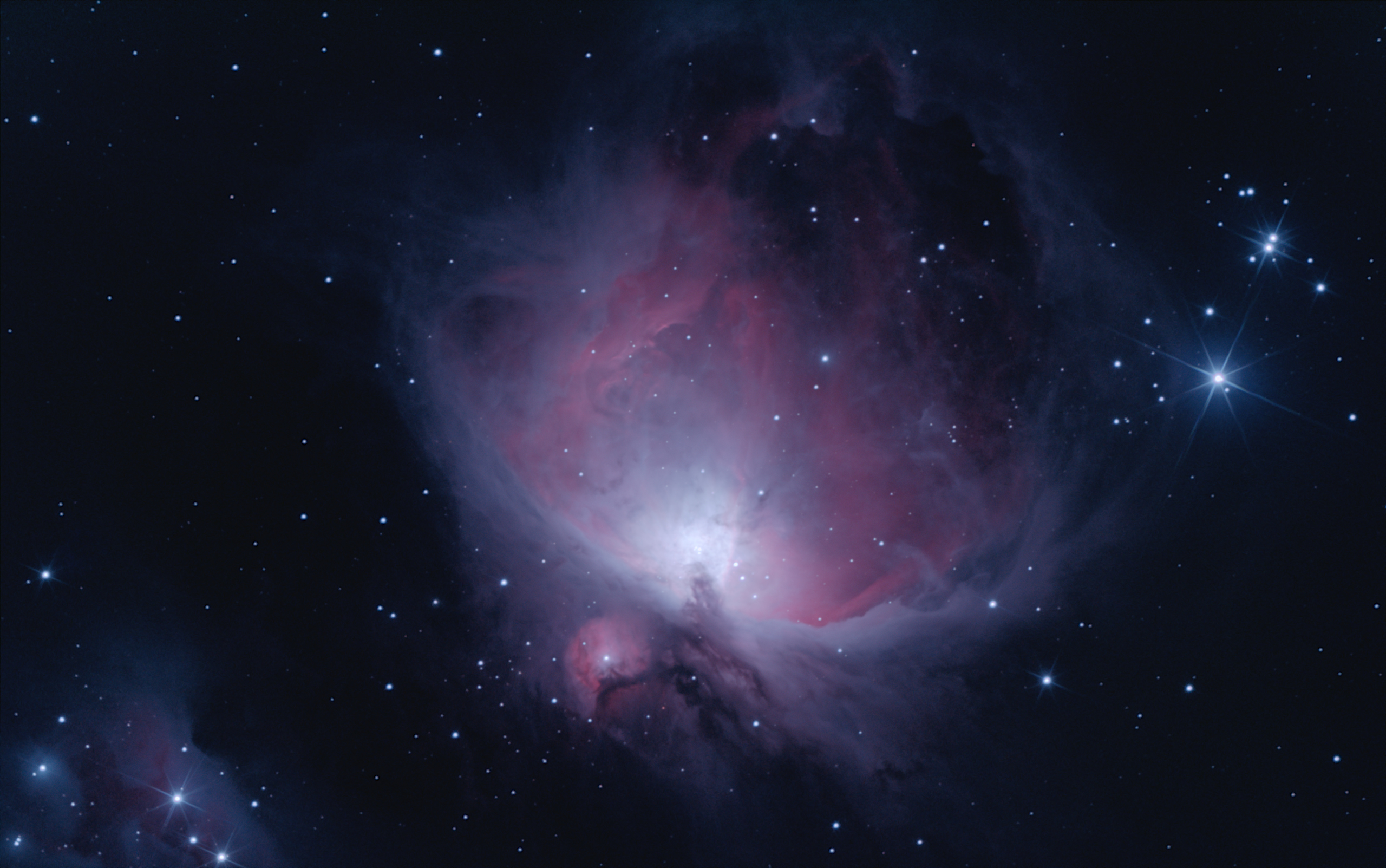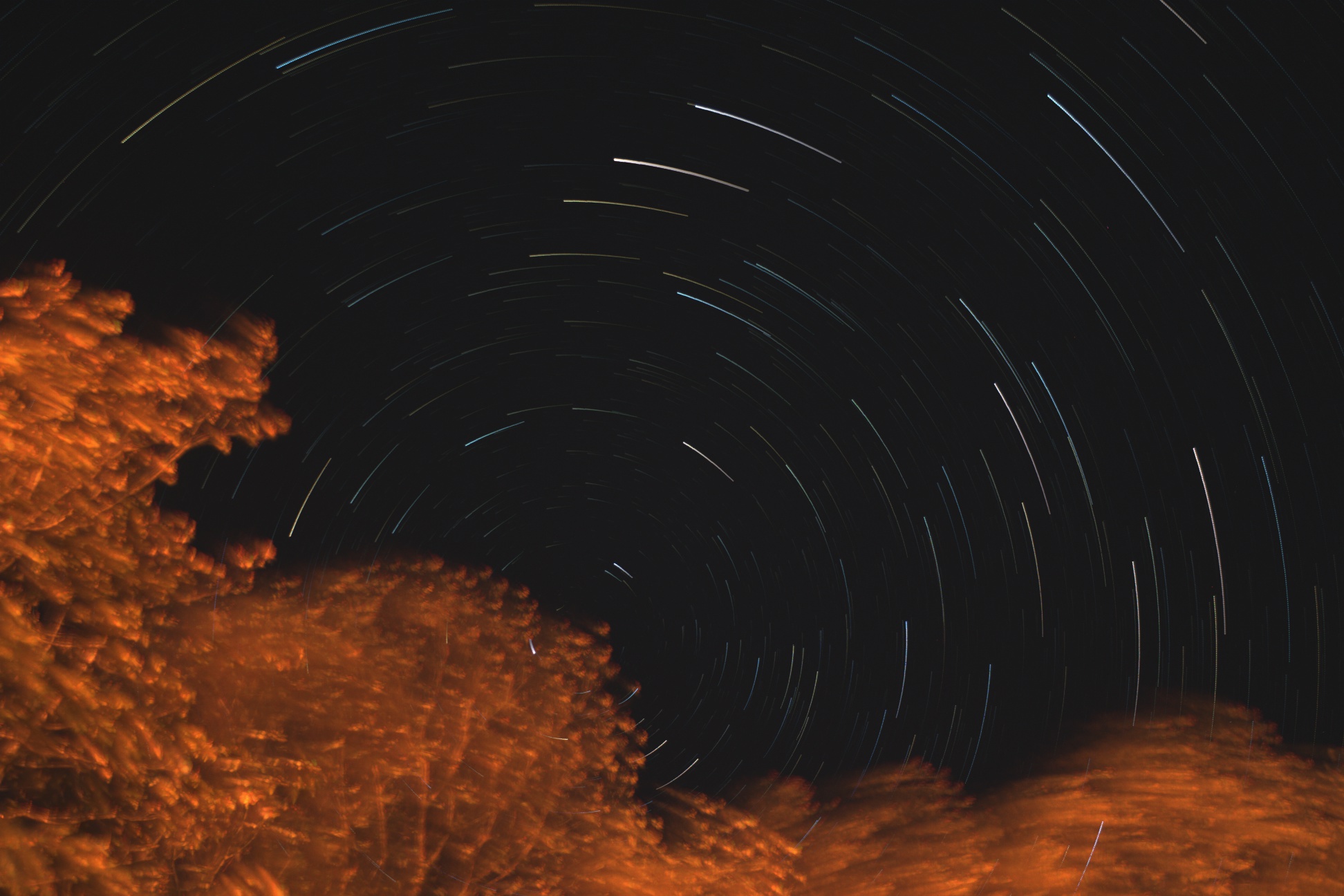„Lift up your eyes to heaven and see. Who has created these things? It is the One who brings out their army by number; He calls them all by name. Because of his vast dynamic energy and his awe-inspiring power, Not one of them is missing (…)”
Middle Eastern poem about the stars, 8th century BCE
Our recent pictures
Etcetera
Assorted throwaway pancakes
More often than not astrophotos don’t come out the way you planned them to. There are about 200 steps involved in taking a picture, and they all have to be right. Also, often we need to experiment, finetune equipment or the sky is not good enough for long enough to finish a project. These are some examples of failures and experiments.
Horsehead Nebula
Barnard 33
Horsehead Nebula in Orion, 1,375 light-years from Earth. The brightest star in field of view is the triple star Alnitak (ζ Orionis). That is, three stars orbiting one another in a complicated dance. One of the companions is even visible in the picture.
Soul Nebula
IC1848 / Westerhout 5 / Sharpless 2-199 / LBN 667
The Soul Nebula is a young, about a 1 million year old, emission nebula in Cassiopeia. It is 7,500 light-years away and is 100 light-years across. This nebula is close to the Heart Nebula we captured in 2021.
Sun
Sol
Some fun: from 13 measurments on the raw images we get 1244.23 pixels as the Sun’s diamater. The pixel size is 4.06μm in this sensor so the size of the Sun’s image on the sensor is 5051.57μm (5.052mm). The focal length of telescope is 550mm. The Sun was 151,801,908km away when this image was taken. To get the diamater of the Sun: 5.052mm x 151,801,908km / 550mm = 1,394,369km (which is only 1% off of the best available measurements).
Orion Nebula
M42, M43 and The Running Man Nebula
A spiral galaxy like our Milky Way contains a diffuse interstellar medium of gas, dust, and trace amounts of heavier elements produced by old, dying stars. Sometimes these clouds collapse under their own weight, triggering star formation. In Orion there are about 700 stars in different stages of formation.
Articles
Blaze Star
T Coronae Borealis
The Blaze Star is a recurring nova (not a supernova) in the constellation Corona Borealis. It also known as T Coronae Borealis or T CrB for short. A nova event is expected any day now. The star will suddenly brighten up to a similar luminosity as Polaris (North Star). The next occurance is expected in 2104.
How do we take astrophotos?
What kind of equipment is needed to take these pictures
People keep asking us if these pictures are made by us. They are. Really. This is the equipment we use.
Etcetera
Assorted throwaway pancakes
More often than not astrophotos don’t come out the way you planned them to. There are about 200 steps involved in taking a picture, and they all have to be right. Also, often we need to experiment, finetune equipment or the sky is not good enough for long enough to finish a project. These are some examples of failures and experiments.
Star trails
Around the Polaris region
66 minutes of the Earth rotating around its axis.













